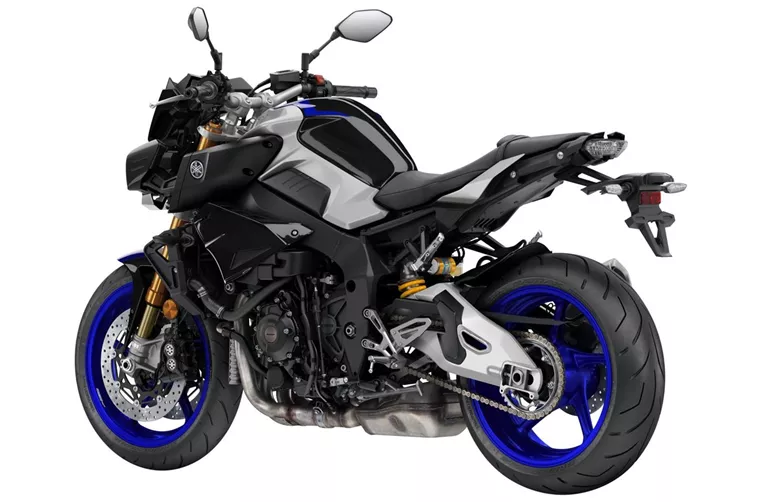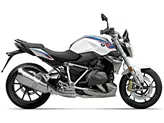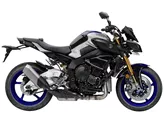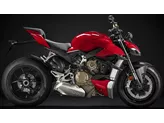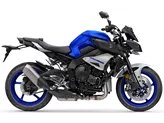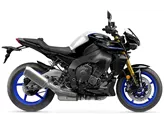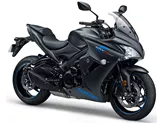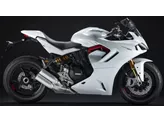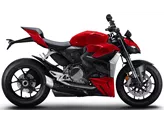BMW S 1000 R 2017 vs. Yamaha MT-10 SP 2021

BMW S 1000 R 2017
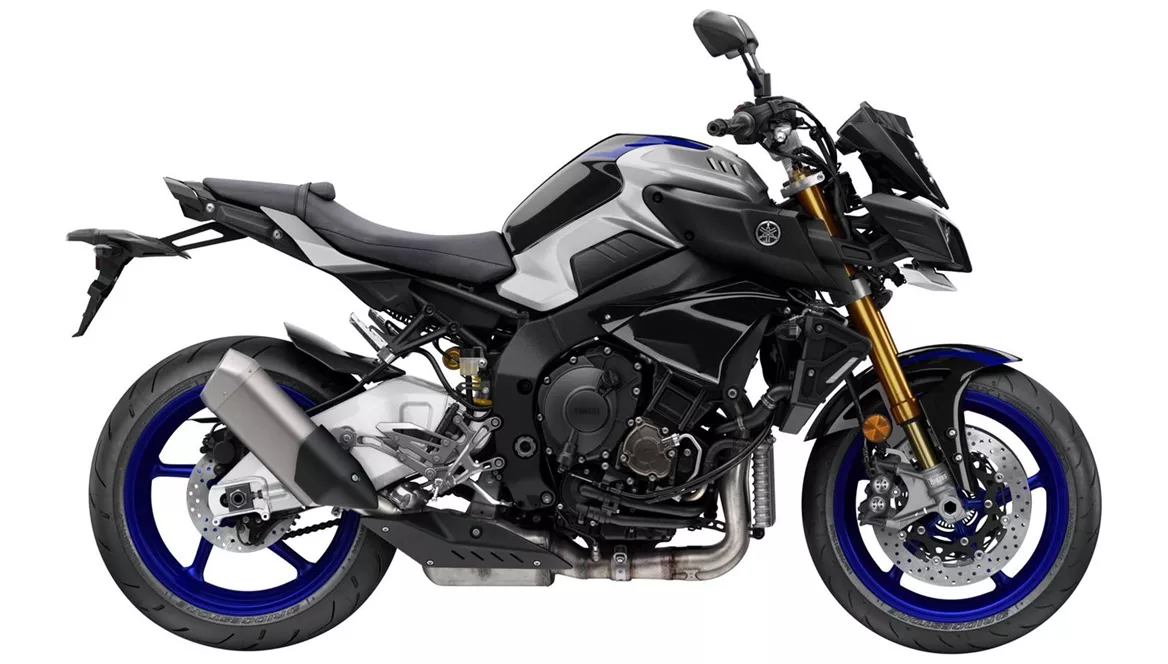
Yamaha MT-10 SP 2021
Overview - BMW S 1000 R 2017 vs Yamaha MT-10 SP 2021
The BMW S 1000 R 2017 and the Yamaha MT-10 SP 2021 are both naked bikes with similar technical specifications. Both bikes have inline 4-cylinder engines with a displacement of around 1000cc, liquid cooling, and fuel injection systems. The BMW S 1000 R has a slightly higher engine power of 165 HP compared to the Yamaha MT-10 SP's 160 HP. Similarly, the BMW S 1000 R has a higher torque of 114 Nm compared to the Yamaha MT-10 SP's 111 Nm.
In terms of suspension, both bikes feature upside-down telescopic forks at the front and a swing arm with a monoshock at the rear. The chassis of both bikes is made of aluminum, providing a lightweight and sturdy frame. However, the BMW S 1000 R has a twin-tube frame, while the Yamaha MT-10 SP has a Deltabox frame.
Both bikes have double disc brakes at the front, providing excellent stopping power. The BMW S 1000 R is equipped with advanced rider assistance systems, including dynamic suspension, which helps optimize the bike's performance and handling. On the other hand, the Yamaha MT-10 SP features ABS and traction control to enhance safety and stability.

BMW S 1000 R 2017
In terms of dimensions and weights, both bikes have similar front and rear tire widths and diameters. The wheelbase of the BMW S 1000 R is slightly longer at 1439 mm compared to the Yamaha MT-10 SP's 1400 mm. The seat height of the Yamaha MT-10 SP is slightly higher at 825 mm compared to the BMW S 1000 R's 814 mm. The kerb weight of the Yamaha MT-10 SP is also slightly higher at 210 kg compared to the BMW S 1000 R's 205 kg. Both bikes have a fuel tank capacity of around 17 liters.
Now let's discuss the strengths and weaknesses of each bike. The BMW S 1000 R 2017 is known for having the best shift assistant in the naked bike league. It offers a powerful engine, awesome sound, and great handling. The bike has a wide range of equipment and accessory options, allowing riders to customize their experience. The BMW S 1000 R also features very powerful brakes and a semi-active suspension that eliminates the need for setup adjustments.
On the other hand, the Yamaha MT-10 SP 2021 has an unconventional sound and a wonderfully punchy engine. It boasts a high-quality chassis and suspension, providing a comfortable and smooth ride. The bike also offers acceptable wind protection and a surprisingly comfortable seating position.
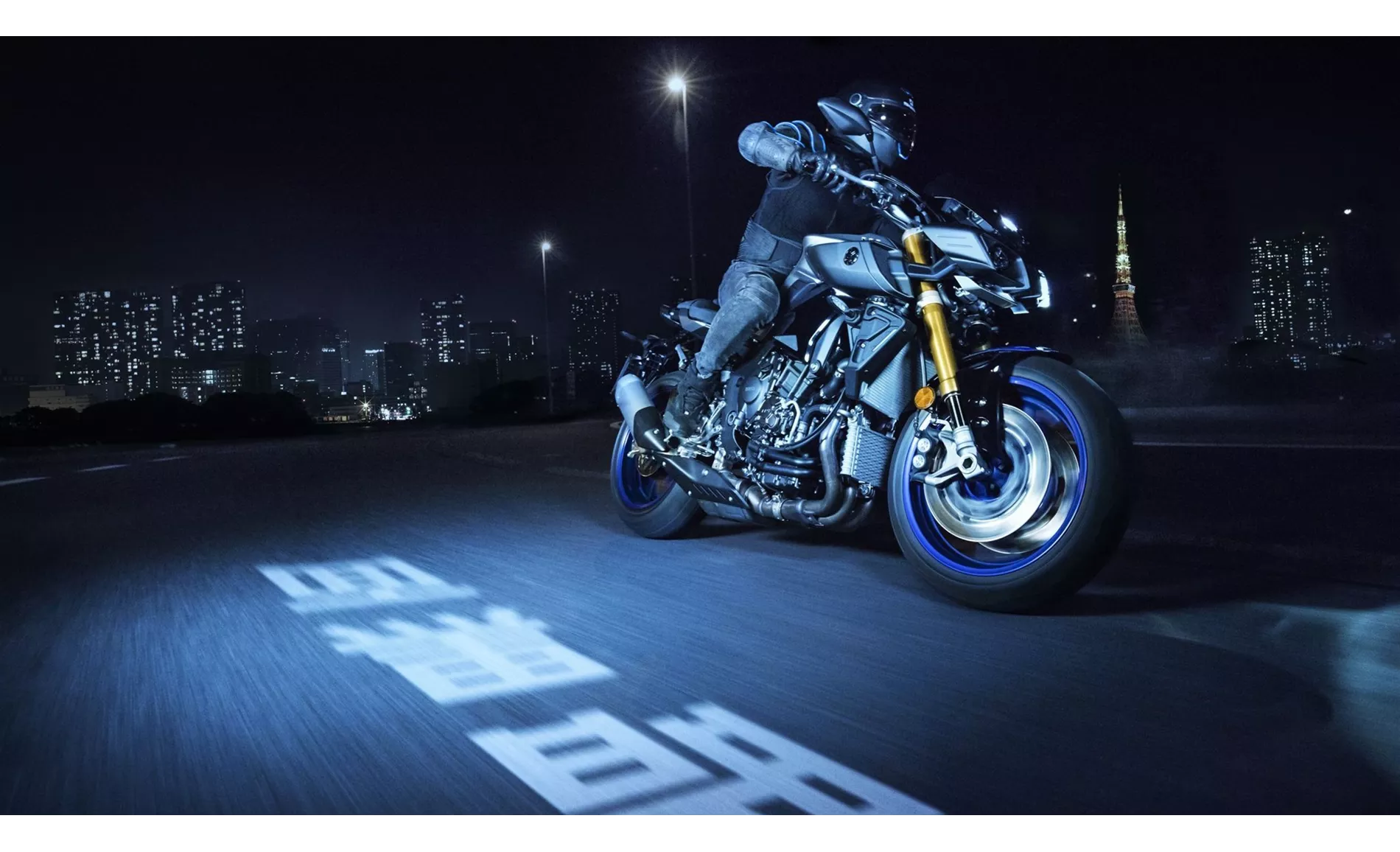
Yamaha MT-10 SP 2021
In terms of weaknesses, the BMW S 1000 R 2017 has original equipment tires that may not be of the highest quality. Additionally, the bike's seating position is slightly inactive on the racetrack, which may not be ideal for aggressive riding.
The Yamaha MT-10 SP 2021, on the other hand, has some weaknesses such as its traction control and ABS not being dependent on lean angle. The shift assistant is not flawless and lacks a blipper function. The bike also has a higher price compared to the BMW S 1000 R.
In conclusion, both the BMW S 1000 R 2017 and the Yamaha MT-10 SP 2021 are powerful and capable naked bikes with their own strengths and weaknesses. The BMW S 1000 R offers a wide range of equipment options, powerful brakes, and a semi-active suspension, while the Yamaha MT-10 SP provides an unconventional sound, punchy engine, and high-quality chassis. Ultimately, the choice between these two bikes will depend on the rider's preferences and priorities.
Technical Specifications BMW S 1000 R 2017 compared to Yamaha MT-10 SP 2021
Pros and Cons in comparison
Pros and Cons in comparison
BMW S 1000 R 2017

Le talent universel de BMW s'est également amélioré en 2017. La BMW offre la plage d'utilisation la plus large et un moteur particulièrement raffiné, une boîte de vitesses parfaite et le meilleur assistant de changement de vitesse du peloton. Elle se conduit facilement mais rapidement. On est plutôt bien assis dans le véhicule.
Yamaha MT-10 SP 2021
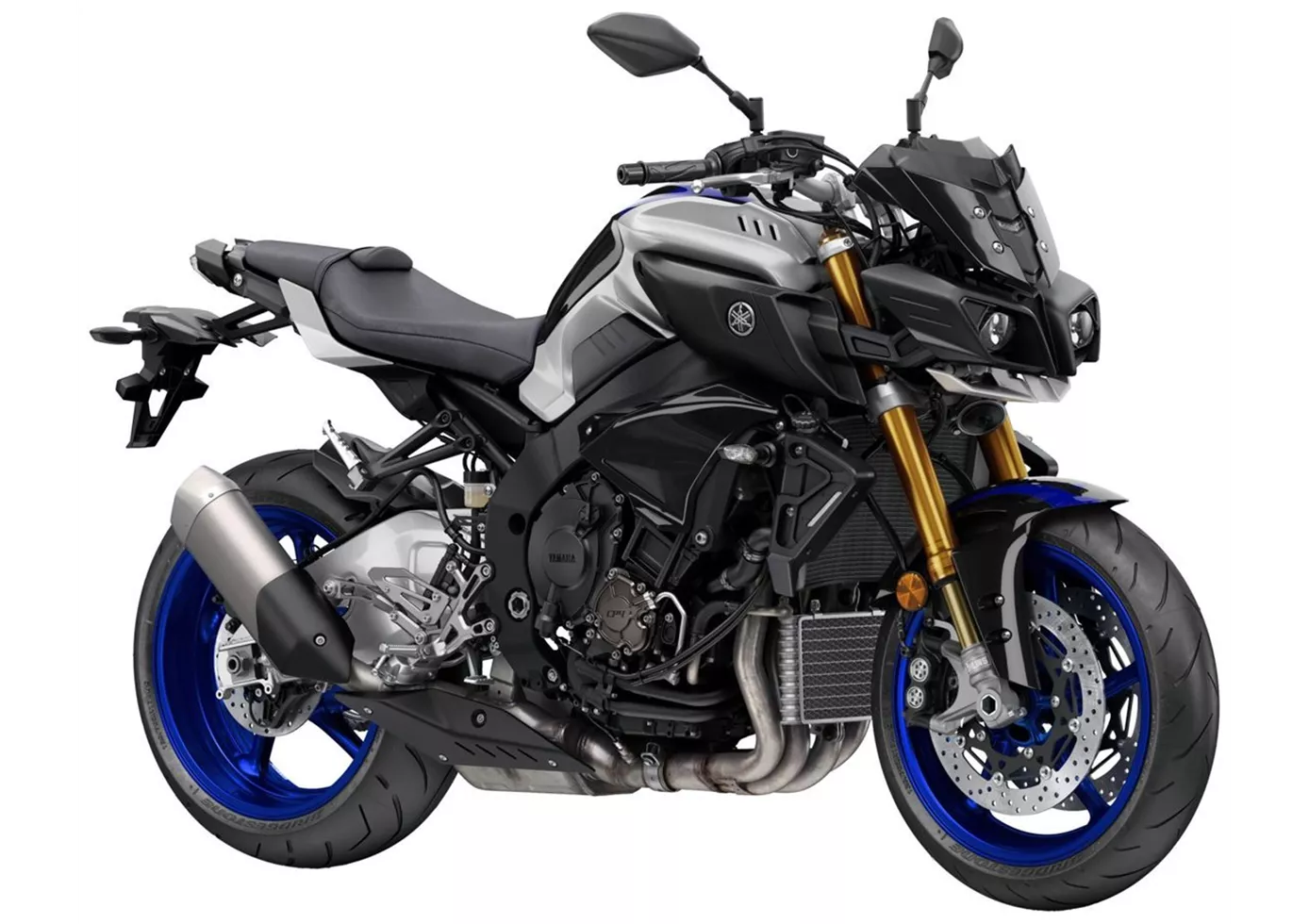
La Yamaha MT-10 SP enthousiasme par son haut degré de perfection combiné à une charge d'émotion. Il est rare que les constructeurs japonais parviennent à pénétrer aussi profondément dans le domaine des Européens. La moto se comporte très mal si nécessaire, mais elle peut aussi être utilisée de manière tout à fait civile dans la circulation urbaine. En plus, la suspension Öhlins à réglage électronique offre un grand confort de conduite. En somme, un excellent talent universel qui fait bien plus que paraître méchant.
Price Comparison Avarage Market Price BMW S 1000 R vs Yamaha MT-10 SP
There are a few key differences between a BMW S 1000 R 2017 and a Yamaha MT-10 SP 2021. There are the same number of bikes of both models available on the 1000PS.de marketplace, specifically 22. It takes less time to sell a BMW S 1000 R with 97 days compared to 138 days for a Yamaha MT-10 SP. Since model year 2014 1000PS.de editors have written 62 reviews for the BMW S 1000 R and 18 reviews for the Yamaha MT-10 SP since model year 2017. The first review for the BMW S 1000 R was published on 11/3/2013 and now has more than 17,300 views. This compares to more than 28,600 views for the first review on Yamaha MT-10 SP published on 10/4/2016.

